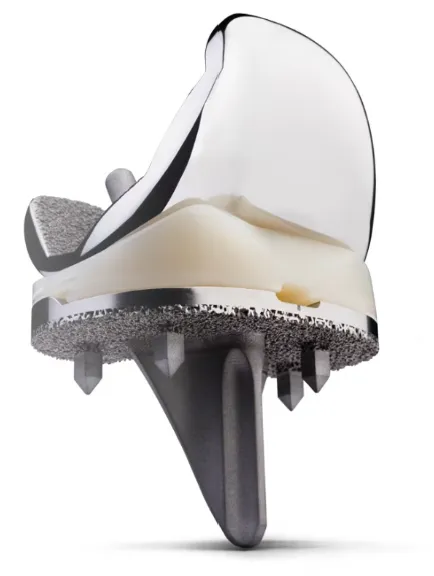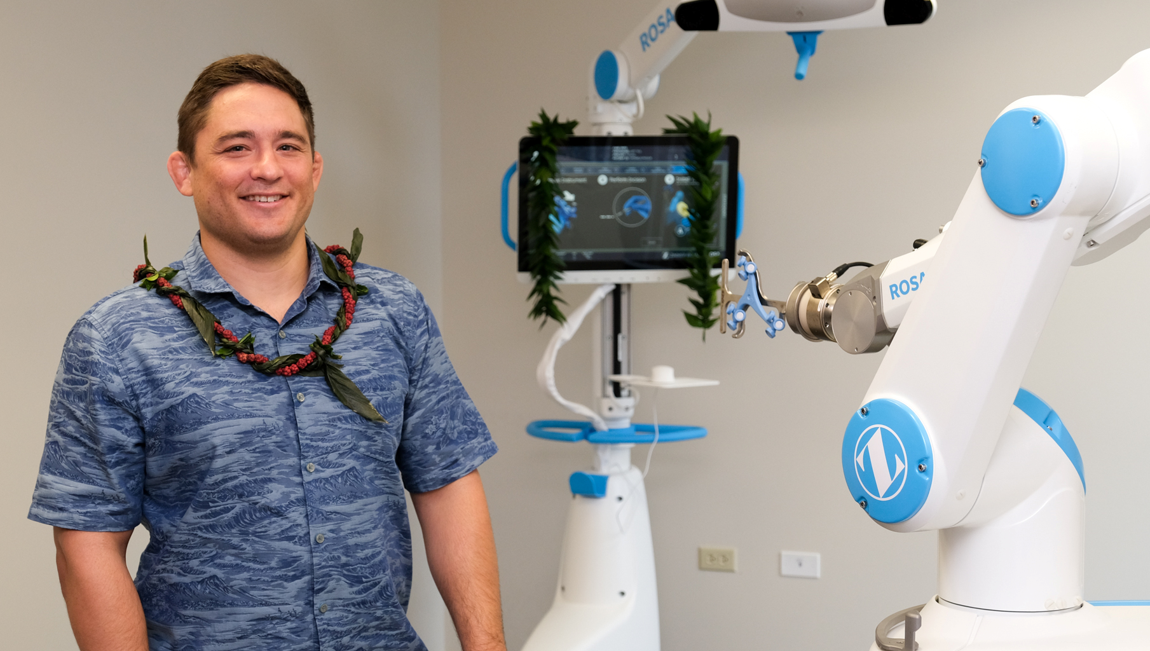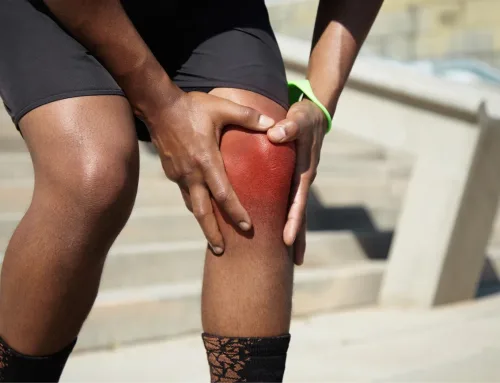Introduction
As an orthopedic surgeon specializing in joint replacement, I often encounter patients eager to return to their active lifestyles post-surgery. A common question is, “Can I return to running after my joint replacement?” This is a critical question, given the increasing number of people undergoing total joint replacement and the growing emphasis on maintaining an active lifestyle.
A recent study, “Few Runners Return to Running after Total Joint Arthroplasty While Others Initiate Running,” offers valuable insights into this topic. Published in the Journal of the AAOS Global Research & Reviews on April 2023, this study sheds light on the running habits of patients after joint replacement, a subject close to the heart of many of my patients.
The Study at a Glance
This prospective cross-sectional study analyzed data from 4,462 patients who underwent primary total hip arthroplasty (THA) and total or partial knee arthroplasty (TKA/UKA) between June 2015 and June 2020. The participants completed an online survey, providing information on their pre- and post-operative running experiences, surgeon recommendations, and other related factors.
Key Findings:
- Preoperative Running Habits: 12.2% of the patients were runners before surgery.
- Postoperative Return to Running: Only 11.8% of these preoperative runners returned to running after surgery.
- New Runners Post-Joint Replacement: Interestingly, 1% of patients who weren’t runners before surgery began running postoperatively.
- Commitment and Resilience: Those who returned to running showed higher scores in resilience and commitment to exercise.
- Revision Surgery Rates: Runners who resumed their activity post-TJA had a slightly higher revision surgery rate (6.2%) than non-runners (4.8%).
- Surgeon Recommendations: There was variability in advice from surgeons, ranging from discouraging running to suggesting a return to preoperative activity levels.
Assessing the Impact of Endurance Sports on Knee Replacement Implants
In contrast, the study “Endurance sports after total knee replacement: a biomechanical investigation” by Kuster et al. sheds light on the biomechanical impact of various sports on knee joint replacements, focusing particularly on the polyethylene component. This component, typically a part of the tibial insert in knee replacements, is crucial for joint function as it acts as a cushion and bearing surface between the metallic components of the implant. The study’s findings indicate that while low-impact activities like cycling and power walking cause minimal stress to this polyethylene part, high-impact activities such as jogging can significantly increase stress, potentially accelerating wear and leading to implant overload. These insights emphasize the importance of tailored activity recommendations to ensure the longevity and functionality of the polyethylene component in knee implants.
Implications for Your Joint Replacement
These studies are particularly relevant to my practice in Hawaii, where an active lifestyle is a cornerstone of our community’s culture. The findings highlight a crucial aspect of hip and knee replacement care: balancing the benefits of physical activity with the longevity and safety of the joint replacement.
Personalized Care:
As surgeons, it’s essential to provide personalized recommendations based on individual patient profiles. Factors like the type of joint replacement, the patient’s overall health, and their commitment to exercise are vital in deciding if and when they can return to running.
The Need for Standardized Guidelines:
The study underscores the need for evidence-based guidelines for high-impact activities post-TJA. Developing such guidelines would help offer patients more consistent and safer advice.
Return to Higher Levels of Activity After Joint Replacement
The good news is that advancements in surgical techniques, recovery processes, and rehabilitation programs have significantly improved the prospects of resuming active lifestyles post-surgery. These are standard within Dr. Morton’s practice.
1. Cementless Knee Replacements
- Reduced Risk of Loosening: Traditional knee replacements often use cement to attach the implant to the bone. However, cementless knee replacements have gained popularity due to their potential for a more natural bone-implant integration, leading to a stronger, longer-lasting bond and reducing the risk of implant loosening – a common concern for runners.
- Advantages for Active Patients: This approach is particularly advantageous for active patients wishing to return to high-impact activities, as it offers more stability and durability.
2. Rapid Recovery Processes
- Quick Decrease in Swelling and Pain: Adopting advanced surgical techniques and post-operative care protocols has led to a rapid recovery. This faster recovery often means a quicker decrease in swelling and pain.
- Earlier Return of Motion: A key component of successful recovery is the early return of joint motion. Enhanced recovery protocols focus on getting patients moving soon after surgery, which is crucial for those aiming to return to high activity levels.
3. Online Physical Therapy Programs such as MyMobility
- Accessible Rehabilitation: Programs like MyMobility revolutionize how patients approach rehabilitation. By offering an online platform, these programs provide convenient, personalized physical therapy that patients can follow from the comfort of their homes.
- Real-Time Feedback and Customization: MyMobility allows for real-time feedback and customization of rehabilitation plans, ensuring that patients progress at a pace that’s right for them, which is crucial for patients eager to return to their sport.
- Encouraging Consistency and Discipline: The convenience and guidance offered by such programs can encourage greater consistency and discipline in following rehab protocols, which are critical for success
4. Robotics in Joint Replacement Surgery
Robotics-assisted surgery represents a cutting-edge advancement in joint replacement procedures, significantly benefiting active patients aiming for a higher level of post-surgical activity:
- Precision in Component Alignment: Robotics technology offers highly accurate implant placement. Proper alignment is crucial as it ensures even distribution of weight and stress across the joint, reducing uneven wear on the polyethylene component.
- Optimal Component Positioning: By allowing for more personalized placement based on a patient’s anatomy, robotics can minimize the risk of misalignment-related stress, a key factor in implant wear.
- Reduced Risk of Implant Loosening: Accurate placement also means there may be a lower likelihood of implant loosening over time, a common cause of increased wear, and the need for revision surgery.
Conclusion
This study offers hope and caution for my patients considering joint replacement. While returning to running post-joint replacement is possible, it requires careful consideration of various factors, including risk of revision, physical resilience, and commitment to exercise.
As we learn more about the long-term outcomes of joint replacement, I remain committed to helping my patients achieve their goals safely and sustainably. Feel free to reach out if you’re contemplating joint replacement or wondering about your post-surgery activities. Together, we can chart a path that balances your health needs with your passion for an active lifestyle.







